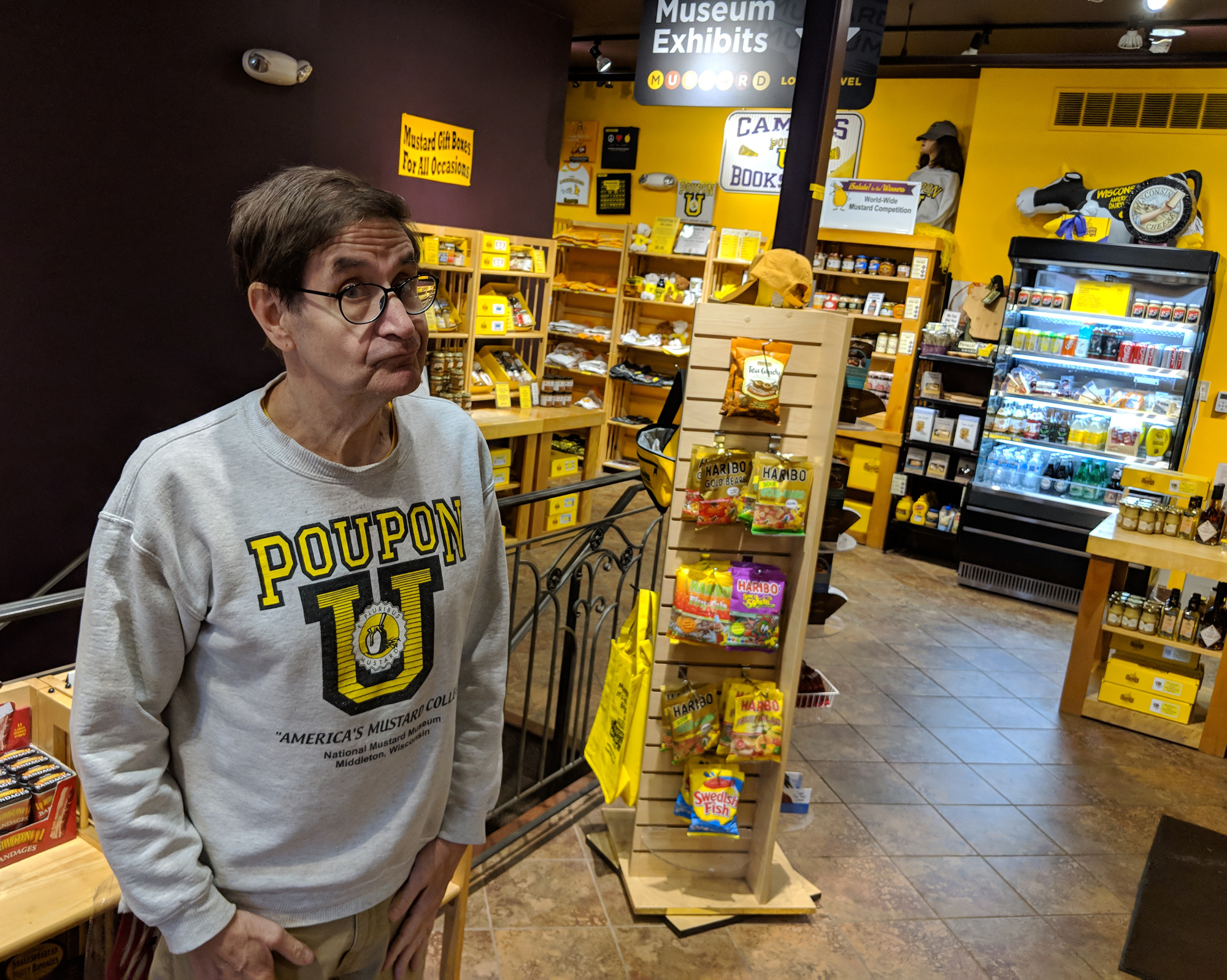
When Barry Levenson, then head of the Criminal Appeals Unit of the Wisconsin Department of Justice, argued a Fourth Amendment case before the U.S. Supreme Court in 1987, it was almost a forgone conclusion that he’d win. After all, he had his lucky tin of mustard in his pocket.
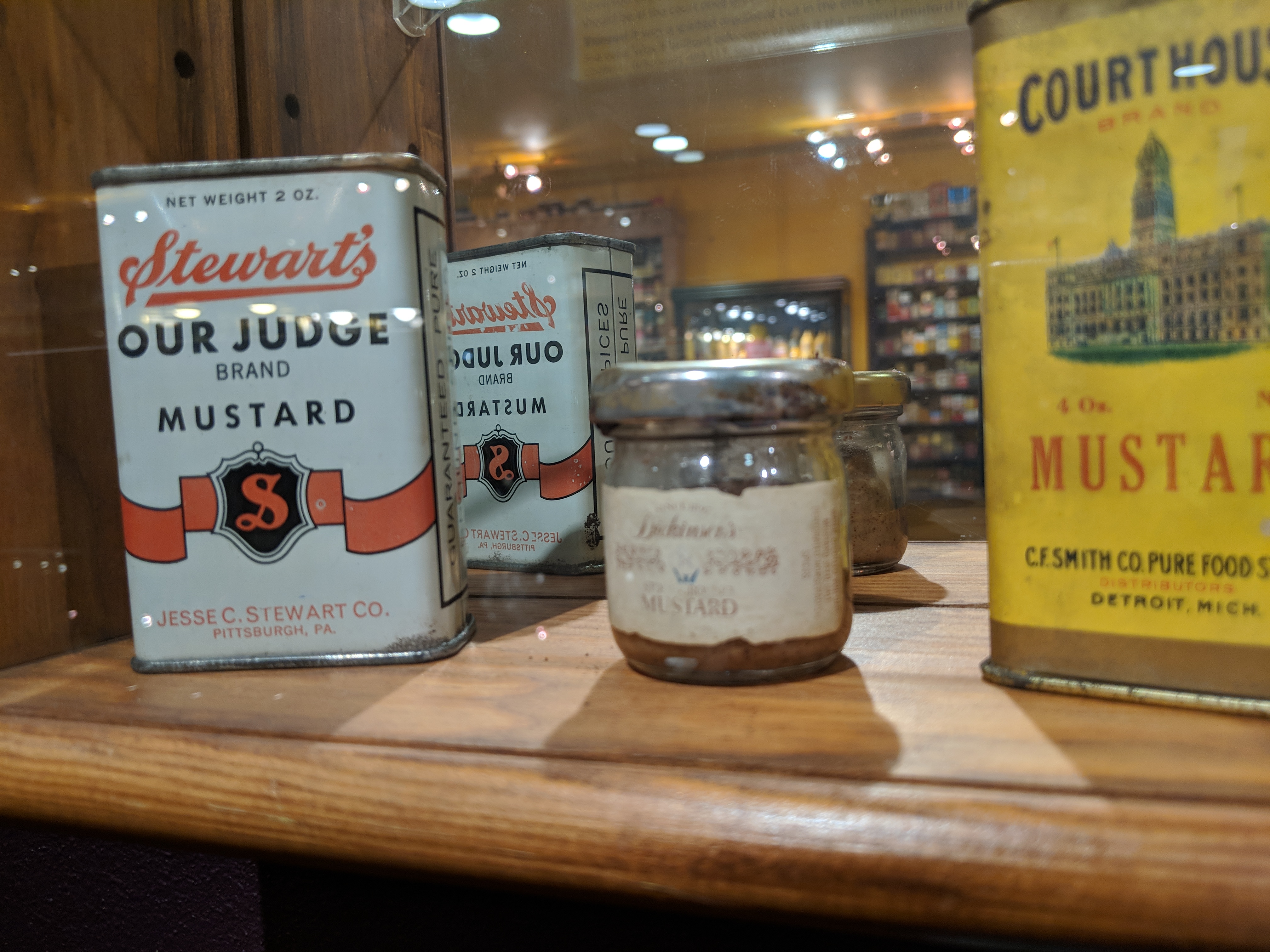
Levenson won his case, but even by then, he had a feeling his future lay not in the law, but in mustard.
He started and still curates The Mustard Museum in Middleton, Wis., near Madison.
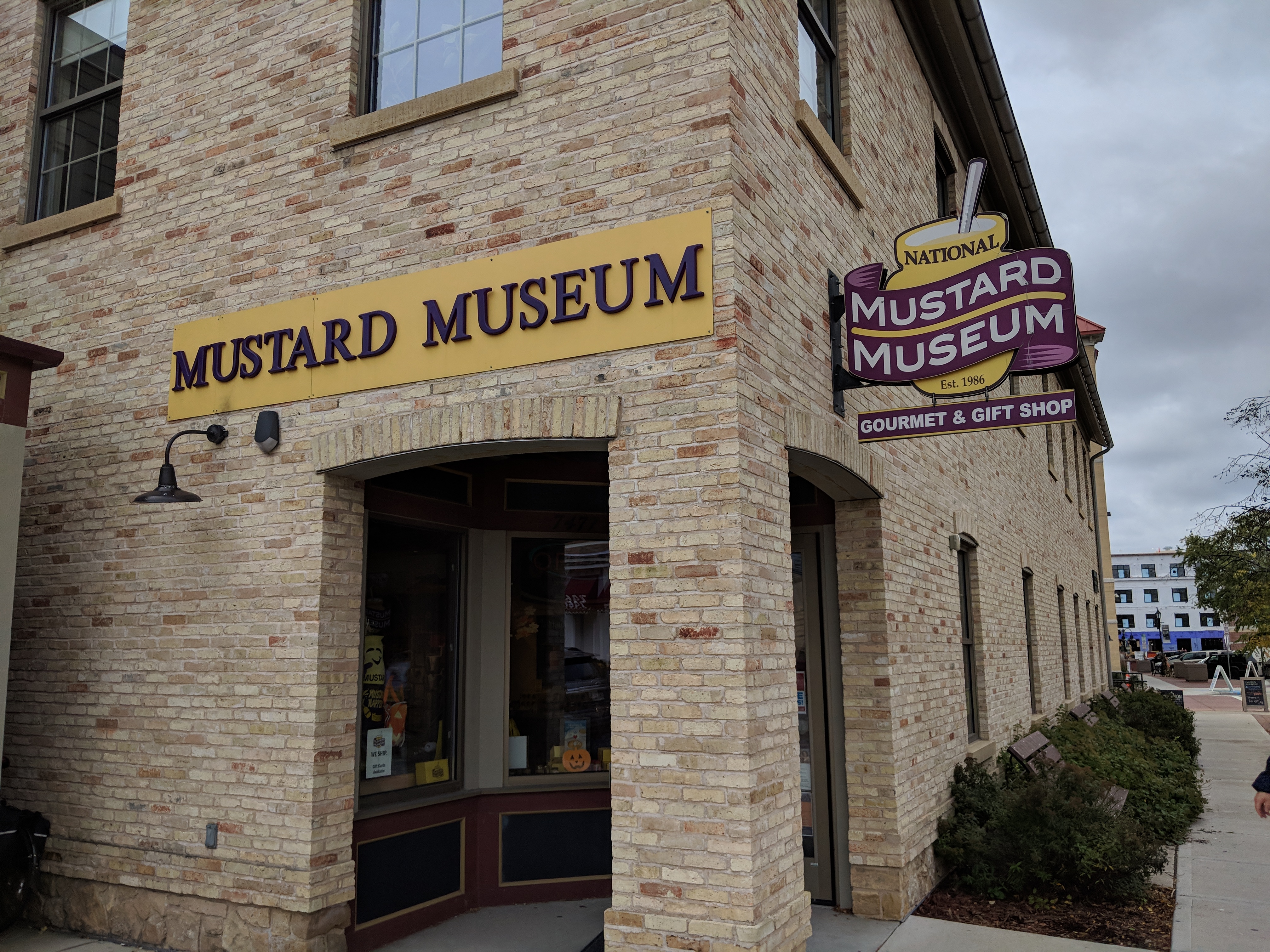
As he tells it, his love affair with mustard began when Mookie Wilson hit an easy ground ball to Bill Buckner in the sixth game of the 1986 World Series between the Mets and Levenson’s beloved Boston Red Sox.
Buckner muffed the grounder, Ray Knight scored to win the game and tie the series for the New York Mets, sending Levenson to a late-night grocery store to get away from his agony.
At the grocery, he decided he needed a hobby. His revelation came to him in the condiments aisle, he says. So he started collecting mustard tins. He bought 10 that night.
It’d be another five years before he gave up the law for mustard.
“I loved the job,” he says of his law days. “But that was my mid-life crisis. Some guys buy a fast car. I quit my job and started a mustard museum.”
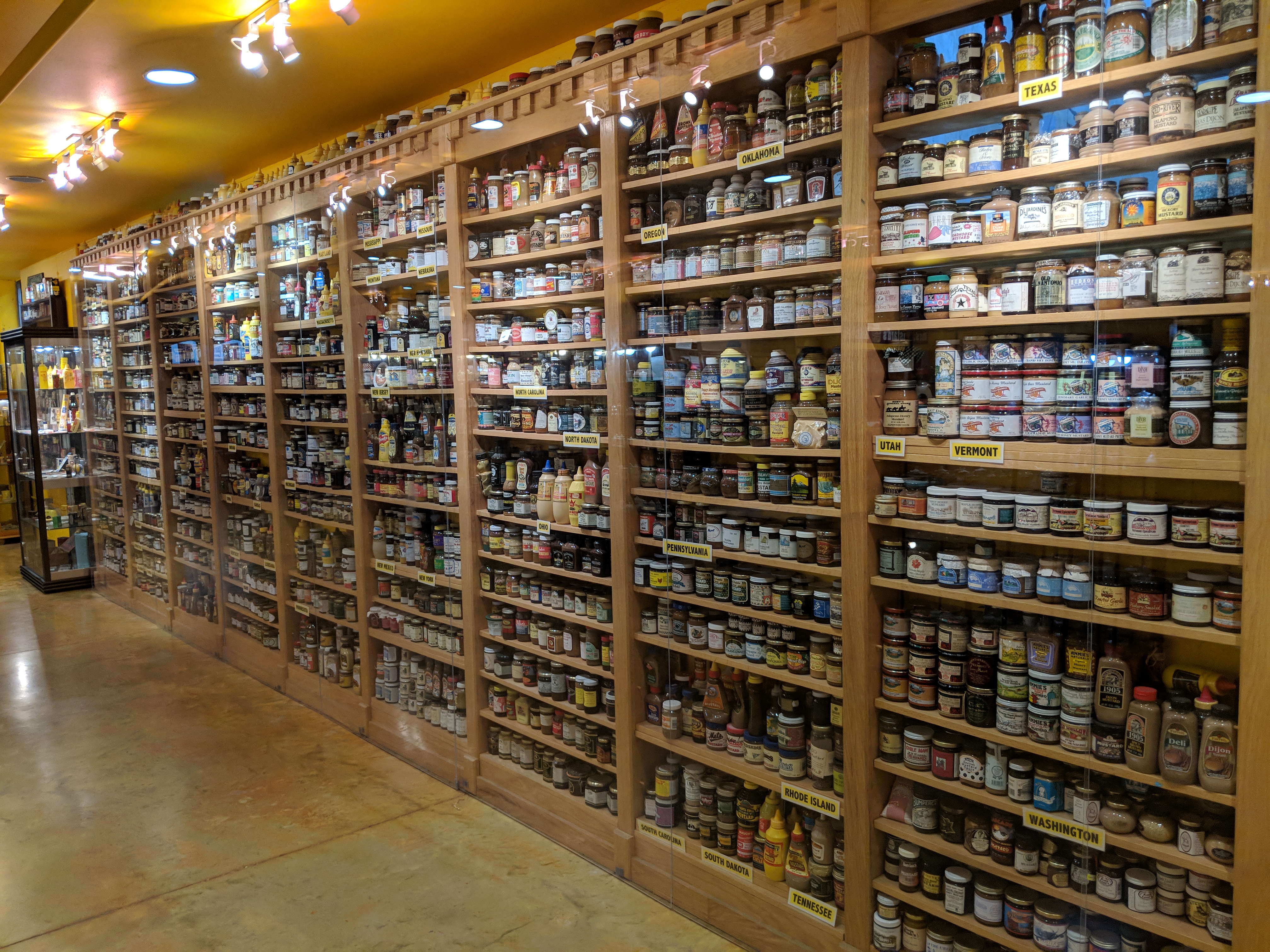
“It was a financial struggle for sure. Who’s got a mustard shop with a museum? It kind of grew. People discovered it. People could taste mustards; it was a different kind of gourmet experience. At that time I maybe had 800 or 900 mustards.”
Now, 6,100 different kind of mustards from around the world are on display. So are mustard ads, mustard pots, mustard tins, the world’s only mustard vending machine, and a news article about a woman whose house burned down while she made a run to the store to buy ketchup.
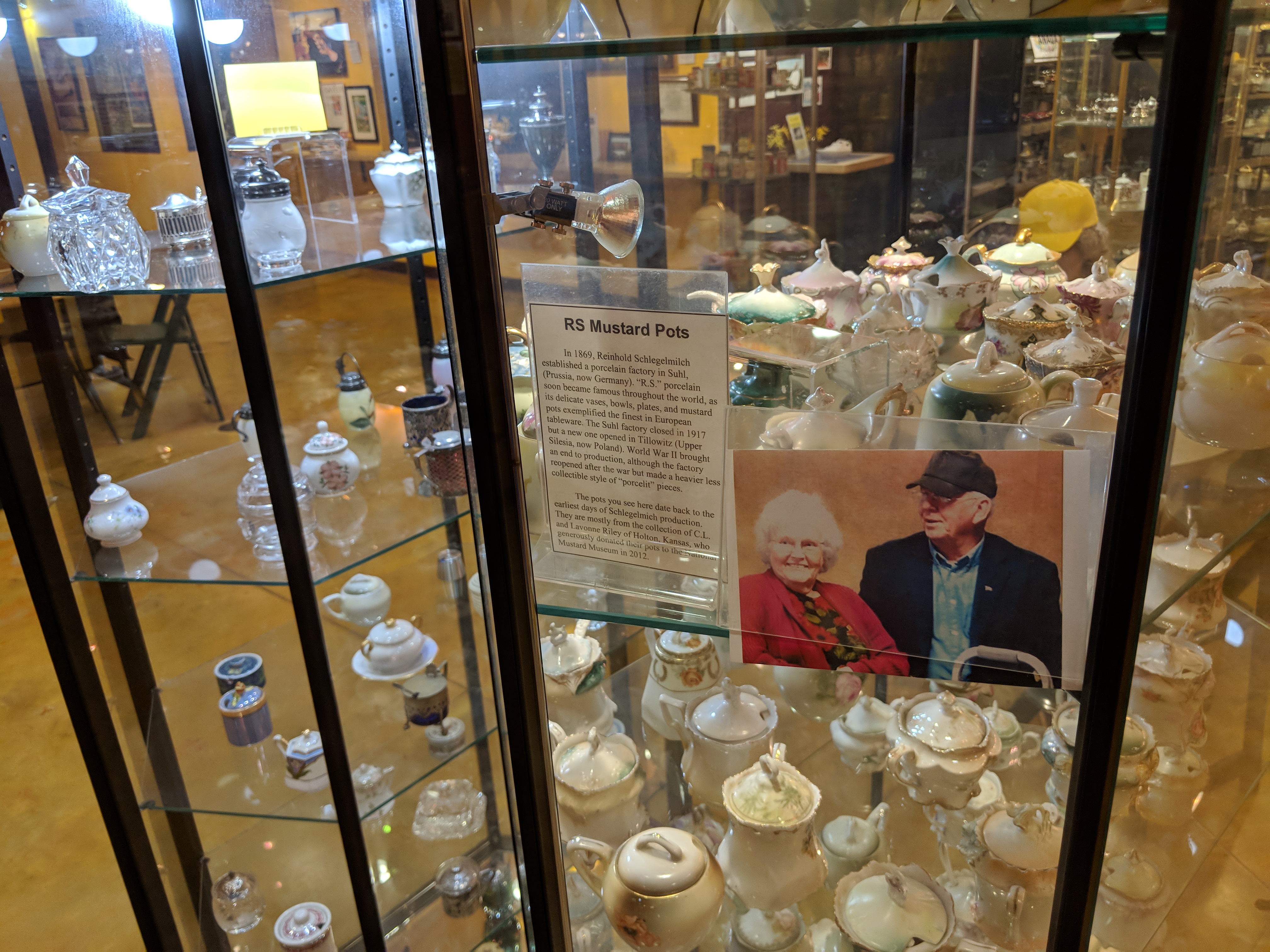
Is there money in mustard? Not really. After relocating his museum and store from Mount Horeb to Middleton, Wis., in 2009, Levenson defaulted on a $200,000 county loan. Levenson turned the store over to a new owner, the county forgave part of the loan, and Levenson became the full-time boss at a non-profit, running the museum, and trying to stay out of the red — the color of mustard’s arch rival.
“As trivial as a mustard museum may sound,” he says, sounding as if it isn’t for some people, “I think all museums are important because we’re able to show some history. Mustard goes back a long way. Shakespeare writes about it in four of his plays. He never writes about ketchup. And some of the art on old jars and tins, it’s phenomenal.”
Levenson created Poupon U, a fictitious university with a real fight song.
About 30,000 people stop at the museum each year, Levenson says. His collection is augmented by mustard fans around the world who spirit mustard out of foreign countries and send it to him. A Kansas couple donated their mustard pot collection. One does not just put a mustard jar on the table.
An entire wall of mustard is organized by state of origin. Levenson points out some are controversial, like KKK mustard, once made by an Iowa company.
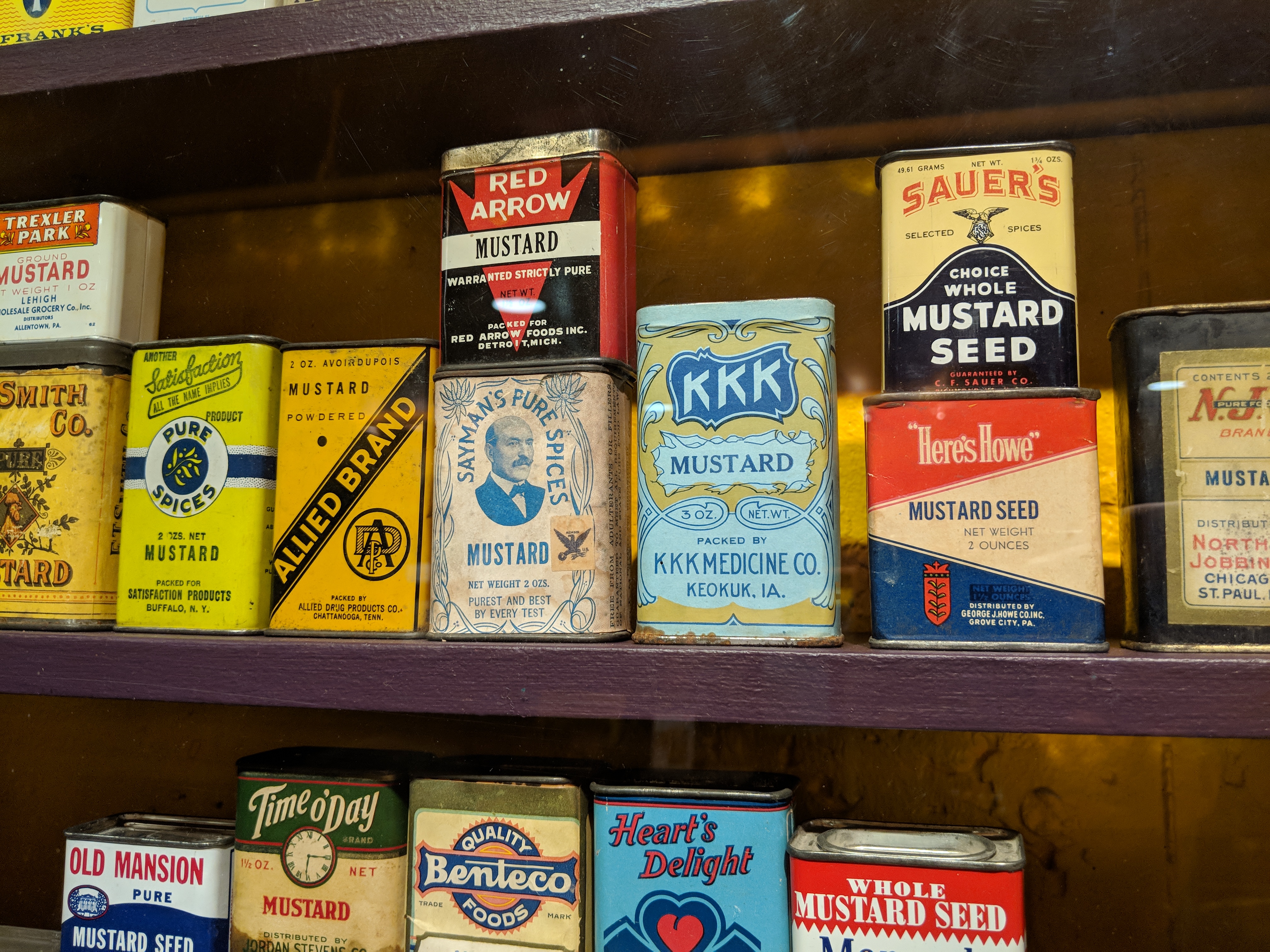
Levenson still has a foot in the law. He teaches a food law class at the University of Wisconsin. He also writes plays. His latest — “No One Goes to Hell for the Food” — is the first to make it to the stage. It opened this month at the Bartell Theater in Madison.
“It’s based on a true incident,” he says. “A convicted killer was executed by the state of Oklahoma in 1995. And his last words were, ‘I didn’t get my Spaghetti-O’s.'”
It may not sound like enough to sustain an entire play. But years ago, mustard didn’t seem like enough to sustain an entire museum.
Previously: A Minnesota museum built on sandpaper is a testament to grit
Editor’s Note: This post is the second in a series on off-the-beaten-path museums in the Upper Midwest. If you have a recommendation, email bcollins@mpr.org.
